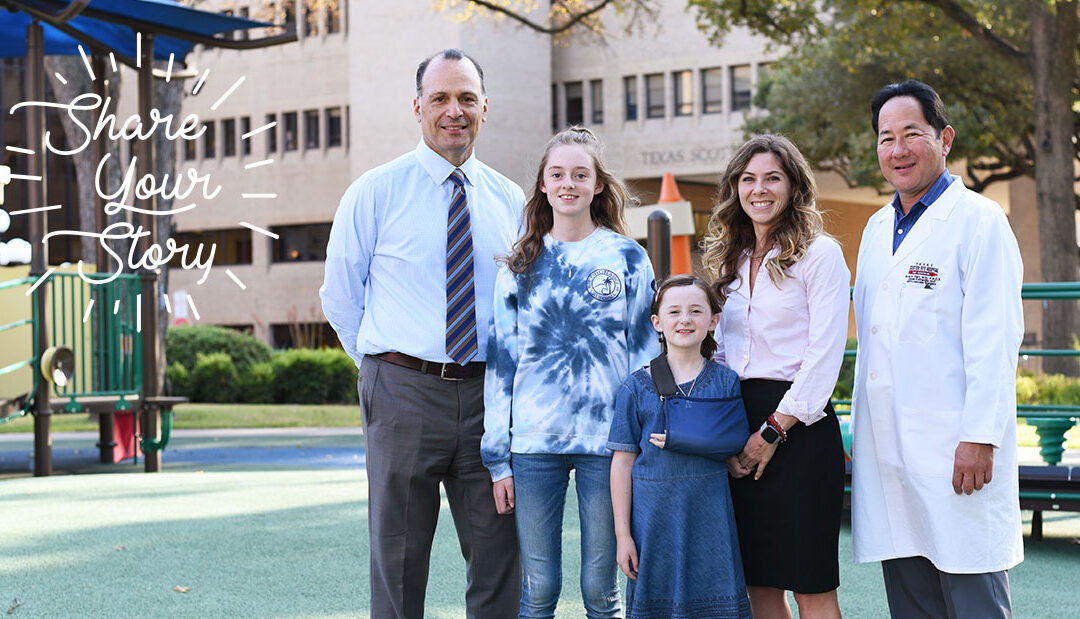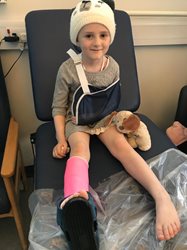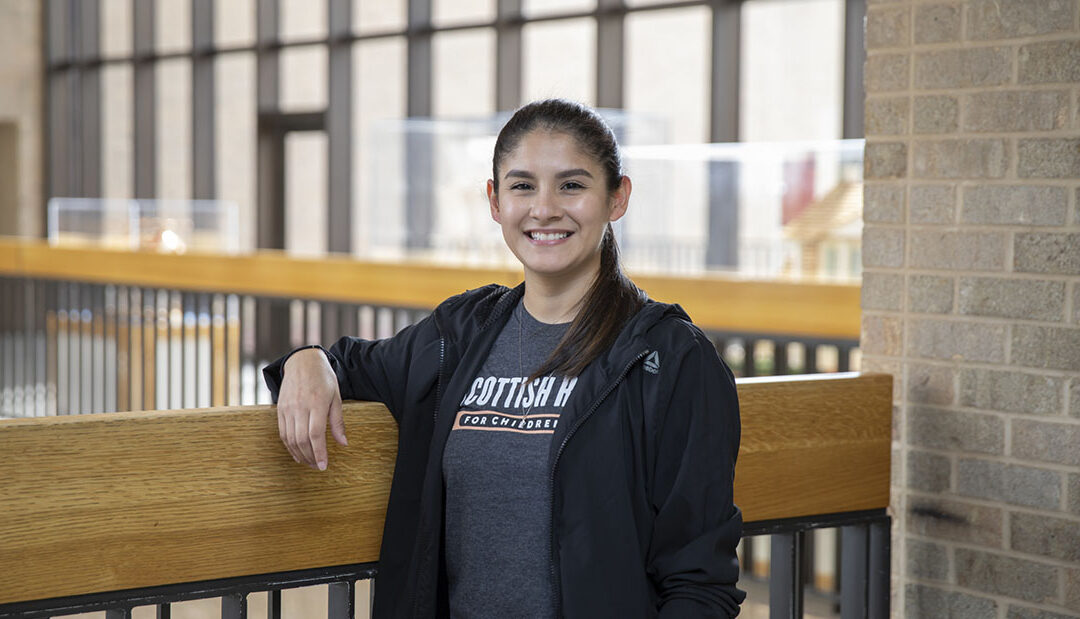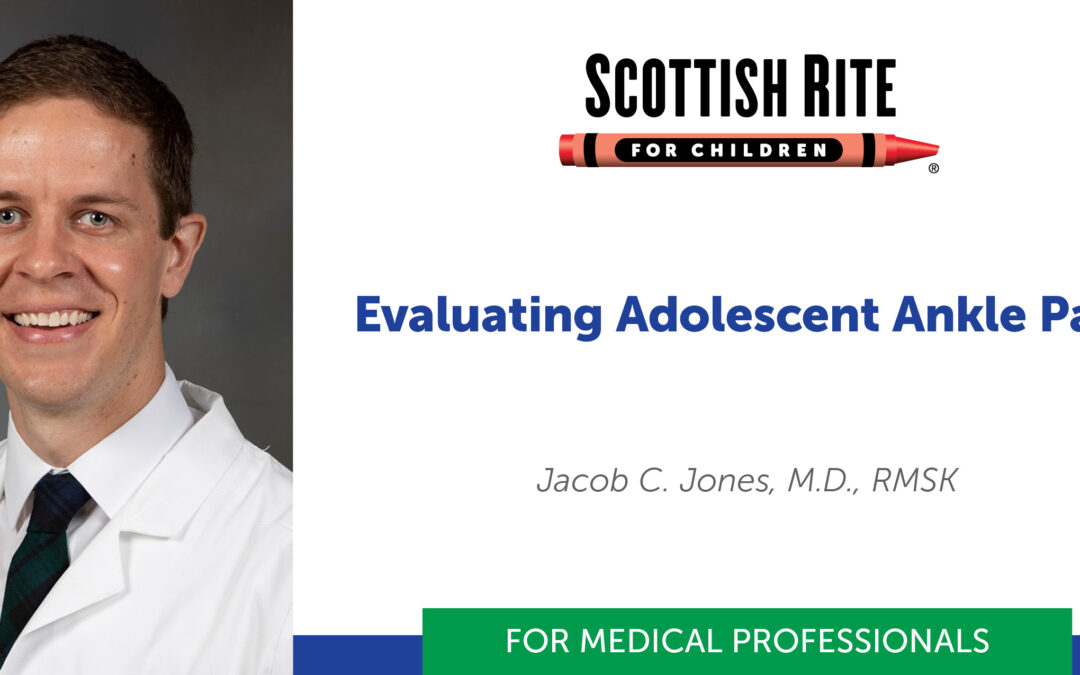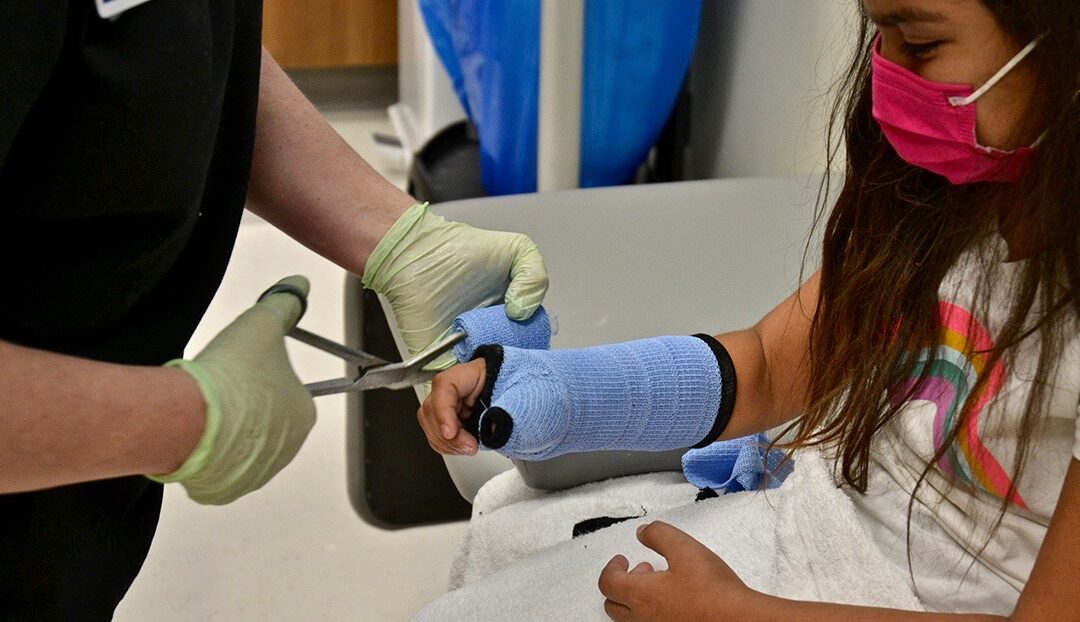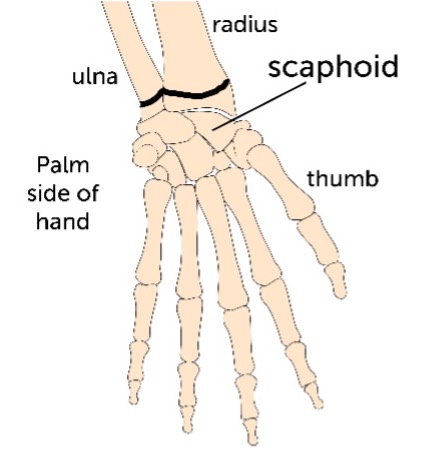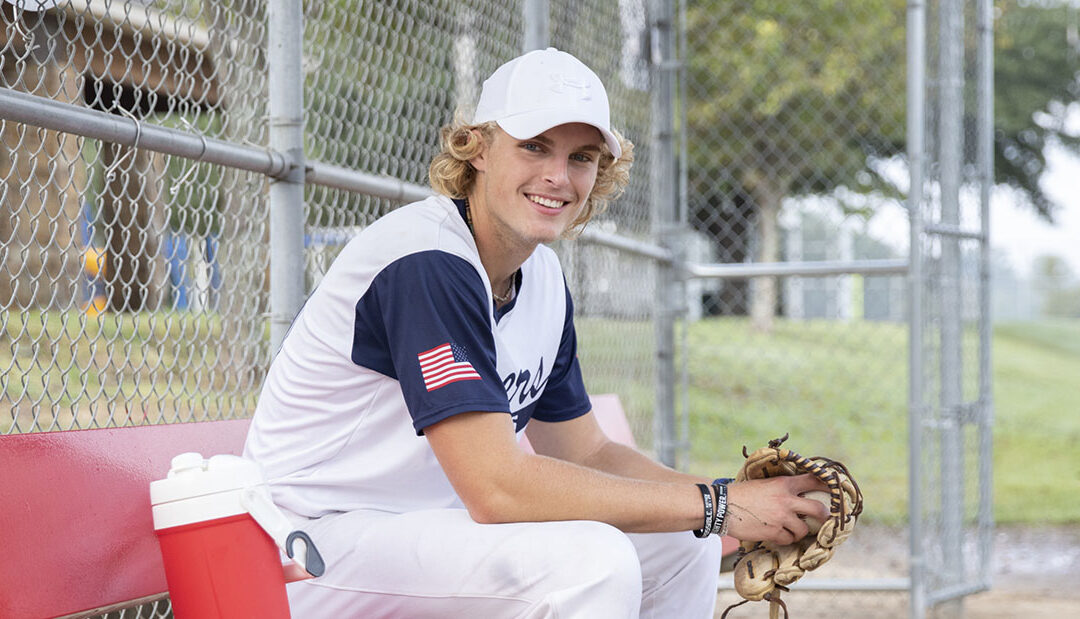Content included below was presented at the 2021 Pediatric Orthopedic Education Symposium by sports medicine physician Jacob C. Jones, M.D, RMSK.
You can watch the full lecture and download this summary.
The ankle is one of the most commonly injured body parts in children of all ages. An ankle sprain usually occurs when the ligaments, which support the three ankle bones, are stretched beyond their normal limits. This often occurs when the ankle is twisted or rolled inwards. When this happens, the ligaments can stretch or even tear. An evaluation by a pediatric orthopedic specialist can help to prevent potential complications. Usually X-rays are required to make a diagnosis and treatment will depend on multiple factors, including the specific type of injury and age of the patient.
Ankle Anatomy
Lateral Ankle
There are three major ligaments in the lateral ankle:
- Anterior talofibular ligament (ATFL)
- Calcaneofibular ligament (CFL)
- Posterior talofibular ligament (PTFL)
Medial Ankle
The ligaments on the medial aspect are grouped together into a ligament complex called the deltoid ligament.
Posterior Ankle
The main area of concern here is the Achilles tendon which connects the calf muscles down to the calcaneus, or heel bone.
Anterior Ankle
There are two major areas to focus on in the anterior ankle:
- The high ankle
- Several ligaments in the upper part of the ankle are grouped together.
- Ankle syndesmosis
- These are the ligaments that connect the tibia to the fibula.
- The low ankle
- This is where the tibia and fibula interact with the main ankle bone (talus).
- Tendons and other tissues coarse over the anterior portion of this joint
History
Knowing the patient’s history is vital for diagnosing the problem. There are two key things that physicians should ask when covering the patient’s history:
- Was there an injury?
- If there was an injury, can the patient recreate the injury?
Sometimes adolescents or younger populations have trouble verbalizing what happened to them, but they can demonstrate it with their injured ankle, their uninjured ankle or with their hands. This can help physicians determine what to focus on during the physical exam and help guide the diagnosis, evaluation and treatment.
Inspection
- Look at all aspects of the ankle to make sure that there are no breaks in the skin, bruising, swelling, erythema or deformity.
- Have the patient stand if they are able to do so. This gives a view of their overall alignment.
- Look at the knees to see which way they are facing.
- Assess for curvatures in their lower extremities, which may play a role in their pain or may have been a contributing factor to their actual injury.
- Have the patient turn around to look at them from the posterior aspect.
- Look at their alignment from this view, paying particular attention to the lower aspect to see what their alignment looks like down low.
- Check for any kind of curvature or angulation of their heel that may also contribute to their pain and injury.
- Look at their arches to see if they are flat (pes planus) or if they have a high arch (cavovarus foot) that may be contributing to the pain that they are having or may have contributed to their injury.
Active Range of Motion
Testing a patient’s active range of motion shows how far they can move their joint on their own. Have the patient move their foot in circles one way and then the other. Then have them move in each particular plane, by dorsiflexing up, plantar flexing down, internally rotate or invert then have them externally rotate and move their toes as well.
Neurovascular Check
Visually inspect and check the dorsal aspect of the midfoot and palpate for the dorsalis pedis pulse. The posterior tibialis pulse is located just posterior to the medial malleolus. Assess sensation on the distal aspect of the foot.
Palpation
Palpating helps to define the painful area and often guides next steps, such as X-rays. Pain may be apparent during the evaluation, however, asking questions throughout is recommended. To avoid missing any structures, this assessment should be consistent for any ankle injury. Start at the very top, just below the knee, and methodically work down.
- Palpate between the tibia and the fibula to see if there are potential injuries in that area.
- Palpate over the anterior aspect of the ankle
- Palpate over the medial malleolus and the deltoid ligament.
- Palpate the lateral malleolus, and then around it. Assess all three lateral ligaments: ATFL, CFL and PTFL
- Palpate all over the foot to make sure there isn’t any pain there.
- Palpate the posterior aspect. Squeeze on and around the Achilles tendon and move down to the calcaneus.
Special Tests
These special maneuvers help physicians in their evaluation of the patient’s ankle.
Anterior Drawer Test (ATFL Laxity)
This test attempts to separate the lower aspect of the ankle from the upper aspect of the ankle by moving the ankle anteriorly. The ATFL is being stressed with this test.
- Get a good firm grip on the lower leg with your non-dominant hand. You will be providing counter-traction with that hand and you don’t want it to move.
- With your dominant hand, cup the heel with a firm grip and try to move that ankle anteriorly without the foot flexing too much. While doing this, feel how much the ankle moves and look for an endpoint when the ATFL ligament becomes taught.
- With an alternative method, you wrap the thumb of your dominant hand over the anterior aspect of the ankle. This can give more of a firm grip and more control while moving the ankle anteriorly.
- Always check the contralateral side to see what the patient’s baseline is. This comparison can tell you if the ligament is injured, and/or not functioning the way it should be.
Talar Tilt/Stress Inversion Test
This test stresses these lateral ankle ligaments. You can tilt the foot the other way to stress the medial ankle ligament.
- Get a firm grip of the lower leg to make sure that doesn’t move.
- With your other hand, get a full grip on the whole foot, not just the toes.
- Slowly tilt it in a clockwise motion on the left ankle.
Thompson Test (Achilles Tendon Injury)
This test is to evaluate for an Achilles tendon injury. When the calf muscles contract, it causes the Achilles tendon to pull that calcaneus upward which in turn, causes the foot to go plantar flex, or move downward a little bit. If there is no movement, you have a positive test. This could be because of a tear of the Achilles tendon.
- Have the patient lay prone on the exam table with both feet are dangling off the edge. Make sure the patient is relaxed and comfortable.
- Squeeze the calf muscle. As you squeeze the calf muscle, look to see if the foot plantar flexes.
- If it does plantar flex, it tells you the Achilles tendon which connects the calf muscle and the foot is intact.
- Always compare with the other leg.
Squeeze Test (High Ankle Injury)
The squeeze test evaluates for a high ankle injury and can be performed during the palpation assessment. When you squeeze the upper parts of the leg, the lower part of the leg to tries to spread apart. If there is an injury in this area, there will be more movement, or more commonly, more pain. Patients will point to this area to show where they are having pain.
- Squeeze at the upper aspect of the tibia and fibula. You are trying to squeeze those two bones together. Work your way down and squeeze in different areas.
- What you are looking for when you squeeze is if there is more movement in the distal aspect of the tibia and fibula, or more commonly, if they have pain in that area.
External Rotation Testing
This test is also for high ankle injuries. With external rotation, the talus is going to try to move apart the tibia and the fibula. And so if there is an injury to the high ankle, it is going to cause that part or that high ankle area to have some pain or to try to move apart.
- Make sure that you have a good grip on that lower extremity to keep it stable.
- With the palm of your other hand, externally rotate that patient’s foot while making sure the patient is relaxed. You are looking for pain and for a little bit more movement.
Resistive Range of Motion
Resistive range of motion testing assesses the patient’s strength.
- As the patient inverts, everts or externally rotates, plantar flexes and dorsiflexes, push against them to provide resistance and to test how strong they are.
- Compare to their other leg.
Gait Evaluation
Observe the patient walk down a hallway, not just in an exam room. Look for any type of limp or asymmetry. Make note of the patient’s alignment and their cadence. A conversation or other distraction can help them walk more naturally.
Double and Single Leg Toe Raise
A functional test like the double or single leg toe raise assesses the strength of the patient’s lower extremity and how their pain is in regards to their movement in a weight bearing position.
- Have the patient go up on their toes, starting with both feet at once to see if they are able to do this or not. This shows how strong they are and how confident they are on their ankles.
- Have the patient do several single-leg toe raises on each leg
- If the patient can do this, it shows that their ankle is pretty strong and they can likely start getting ready to return to sport.
- If the patient cannot do this, they are still too injured to return to sport.
Ankle X-rays
It is most common to order three views of the ankle after an ankle injury. Foot X-rays may be needed if the exam findings include midfoot or distal complaints. Standard three views of the ankle includes:
- Anterior/Posterior (or AP) – gives a good view of the anterior aspect of the joint.
- Mortise – this one is slightly angled from the AP which allows you to see the lateral malleolus at a different angle and lets you see the joint between the talus and the tibia and fibula well. You can also see the area of the high ankle without any bony overlap.
- Lateral – with this view you can see the posterior aspect of the ankle and the calcaneus very well.
Conclusion
The ankle is a complex and highly mobile joint. Due to the demands of sports and activities, the ankle is a risk of injury and should be fully evaluated for bony and soft tissue injuries. Watch the 20-minute lecture which includes video demonstration of the ankle exam on a pediatric patient.
